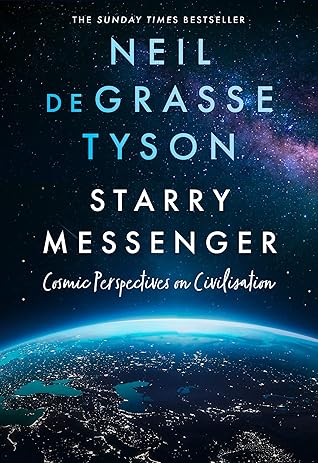In rare cases, both sides of an argument can be right, but only when they unknowingly describe disparate features of the same object or phenomenon—like the proverbial blind men who each describe their encounter with an elephant—the tusk, the tail, the ears, the legs, the trunk. They could argue all day about who is right and who is wrong. Or they could keep exploring, and eventually figure out that these are distinct parts of a single animal. That too requires more experiments and observations—more data—to determine what is objectively true.
Welcome back. Just a moment while we sign you in to your Goodreads account.


